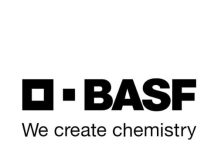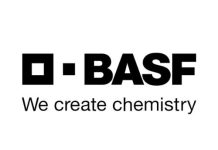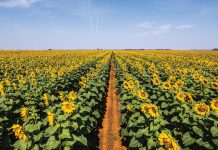Some insights on farmer challenges and ongoing BASF developments in combatting this problem.
Conyza is generally accepted in the market as being a “difficult to control” weed and can be classified as such due to various factors.
Conyza biology
Conyza in South Africa can either be annual, biennial or in some cases, perennial. A Conyza plant can produce as many as 240,000 seeds which may be wind dispersed and have been recorded travelling up to 480 kilometers from the parent plant.
Conyza seed can germinate from anything between seven days to three years after landing in a suitable location where light and moisture are present. The bulk of Conyza germination occurs during autumn but may continue throughout the year. Once germinated, the weed will grow into a rosette and will remain so throughout winter. During this period the Conyza grows extensively below the soil surface, extending a tap root downward during the shorter daylight hours. Leaves above the ground become tough or winter hardened from frost and other environmental conditions. In spring, the weed enters the stem elongation phase often referred to as “Bolting”, followed by flowering and seed production.
One of the natural defense mechanisms of Conyza is the hairy leaves that are winter hardened which prevent herbicides from being absorbed by the plant. Additionally, the sheer number of seeds produced create a large seedbank in the soil which exacerbates the challenges faced by farmers. Cases of tolerance or resistance to various herbicides have also been reported. It has been documented that tolerance increases as the plant ages, up to a point where herbicides become ineffective.
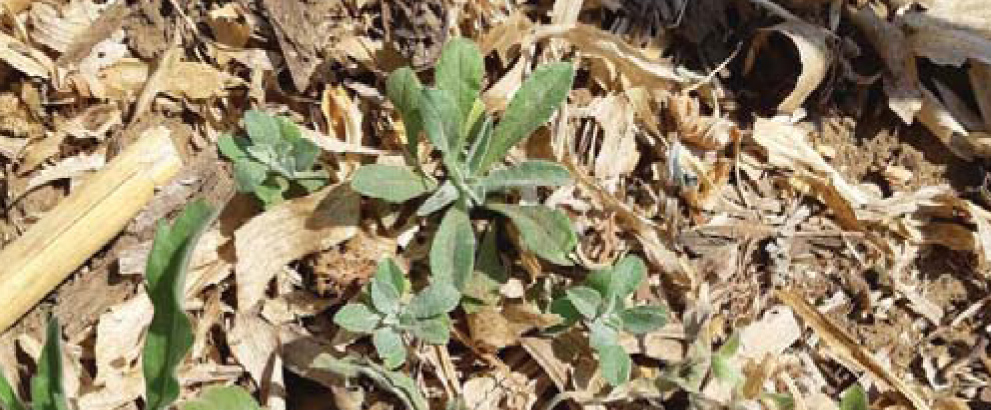
Farmer practices
Based on the life cycle, the bulk of germination typically occurs during autumn. In the summer rainfall areas this represents a period where the last post-emergent herbicides have been applied and residual herbicide action is no longer effective in controlling most of the germinating seed. Conyza requires light to germinate. Under No-Till or Conservation tillage practices where there is little or no soil movement, Conyza seeds will not be buried promoting germination.
It is common practice to graze lands after harvesting. This creates an additional challenge as the crop residues will be consumed along with the Conyza growth, leaving a reduced leaf surface for contact herbicides to be effective.
The next control measure for Conyza is the pre-plant burn down herbicide application prior to spring, before planting. If left unchecked, weeds would have over wintered, becoming tough, hardy and “difficult to control”.
Farmers have, over many years, relied solely on glyphosate as a general broad-spectrum herbicide without alternating with herbicides having different modes of action, thus contributing to the problem by creating a selective resistant population.
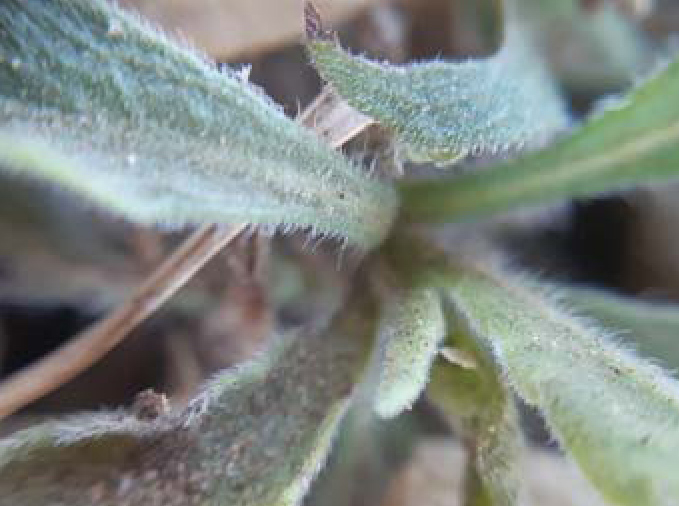
A few BASF findings
BASF is conducting numerous Conyza trials with various products following different approaches. To date these trials have produced interesting findings, specifically in areas within the summer rainfall region.
Some of the outcomes from the BASF trials
It is extremely important to control Conyza when they are newly germinated. Once the weed has over wintered, the level of difficulty to control becomes increasingly complex.
The peak time for Conyza germination is the period between the maize crop drying off and shortly after harvest. Farmers need to monitor and check beneath the crop residues for germinating weeds and take the necessary control measures. Following harvest, the crop residues increase the difficulty of the herbicide contacting the target i.e. the Conyza leaf surface. It is important that farmers conduct their own tests to determine which nozzle type, water volume and pressure delivers the best result.
There is no perfect recipe to control Conyza in a No-Till practice. The most critical period for Conyza management is between pre-harvest and early post-harvest. Corrective measures taken during this stage will significantly reduce Conyza populations and subsequently the complexity of controlling over wintered Conyza the following season.
Always read the label and follow the usage instructions.
For enquiries, visit our website for your closest BASF representative. www.agro.basf.co.za



